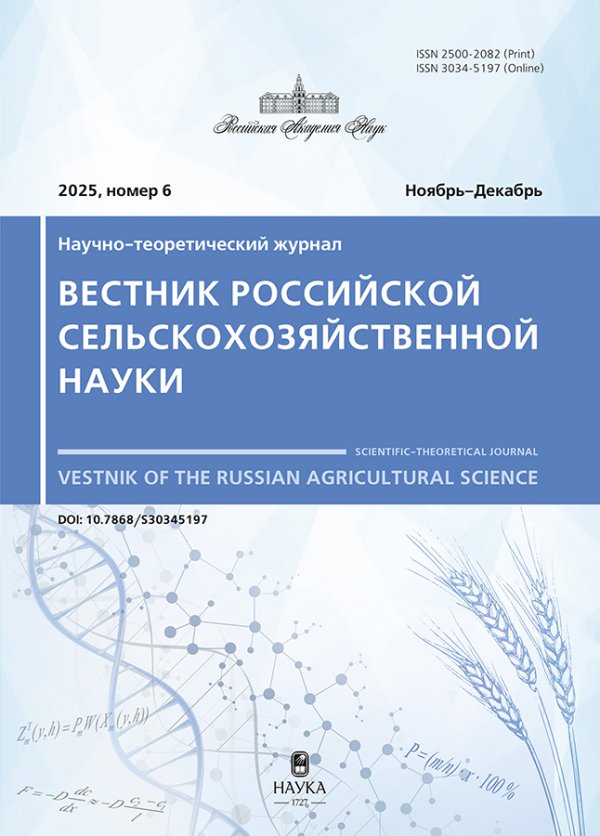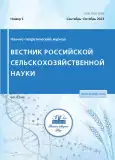Результаты изучения сортов смородины черной по комплексу хозяйственно ценных признаков в условиях Kировской области
- Авторы: Салтыкова Т.И.1, Вахрушева Н.С.1, Софронов А.П.1
-
Учреждения:
- Федеральный аграрный научный центр Северо-Востока им. Н.В. Рудницкого
- Выпуск: № 5 (2023)
- Страницы: 60-63
- Раздел: Статьи
- URL: https://journals.rcsi.science/2500-2082/article/view/233580
- DOI: https://doi.org/10.31857/2500-2082/2023/5/60-63
- EDN: https://elibrary.ru/XFOASM
- ID: 233580
Цитировать
Полный текст
Аннотация
Ключевые слова
Об авторах
Татьяна Ильинична Салтыкова
Федеральный аграрный научный центр Северо-Востока им. Н.В. Рудницкого
Email: plod-niish@yandex.ru
Наталья Сергеевна Вахрушева
Федеральный аграрный научный центр Северо-Востока им. Н.В. Рудницкого
Александр Петрович Софронов
Федеральный аграрный научный центр Северо-Востока им. Н.В. Рудницкого
Список литературы
- Вахрушева Н.С., Салтыкова Т.И., Софронов А.П. Изучение экологической пластичности и адаптивности сортов смородины черной в условиях Кировской области // Плодоводство и ягодоводство России. 2022. Т. 70. С. 33-39. doi: 10.31676/2073-4948-2022-70-31-39.
- Вахрушева Н.С., Салтыкова Т.И., Софронов А.П. Итоги изучения элитных форм смородины чёрной селекции Федерального аграрного научного центра Северо- Востока // Садоводство и виноградарство. 2021. №3. С. 5-10. doi: 10.31676/0235-2591-2021-3-5-15.
- Князев С.Д., Левгерова Н.С., Пикунова А.В. и др. Селекция черной смородины: методы, достижения, направлении: монография. Орёл: ВНИИСПК, 2016. 328 с.
- Программа и методика сортоизучения плодовых, ягодных и орехоплодных культур. Орел: ВНИИСПК, 1999, 608 с.
- Сазонов Ф.Ф. Формирование отечественного сортимента смородины черной в условиях Нечерноземного региона России // Садоводство и виноградарство. 2021. №1. С. 23-31. doi: 10.31676/0235-2591-2021-1-23-31.
- Тихонова О.А. Отдельные морфоструктурные компоненты продуктивности сортов черной смородины // Труды по прикладной ботанике, генетике и селекции. 2020. Т. 181. Вып. 1. С. 53-63. doi: 10.30901/2227-8834-2020-1-53-63.
- Тихонова О.А. Слагаемые компоненты продуктивности черной смородины в условиях Северо-Запада России // Труды по прикладной ботанике, генетике и селекции. 2016. Т. 177. Вып. 3. С. 61-73.
- Чеботок Е.М. Анализ гибридных семей смородины черной по наследованию признаков продуктивности и товарного качества ягод // Селекция и сорторазведение садовых культур. 2016. Т. 3. С. 155-159.
- Dikdnianas T., Stanys V., Staniene G. et al. American black currant as donor of leaf disease resistance in black currant breeding // Biologija. 2005. №3. Р. 65-68.
Дополнительные файлы










